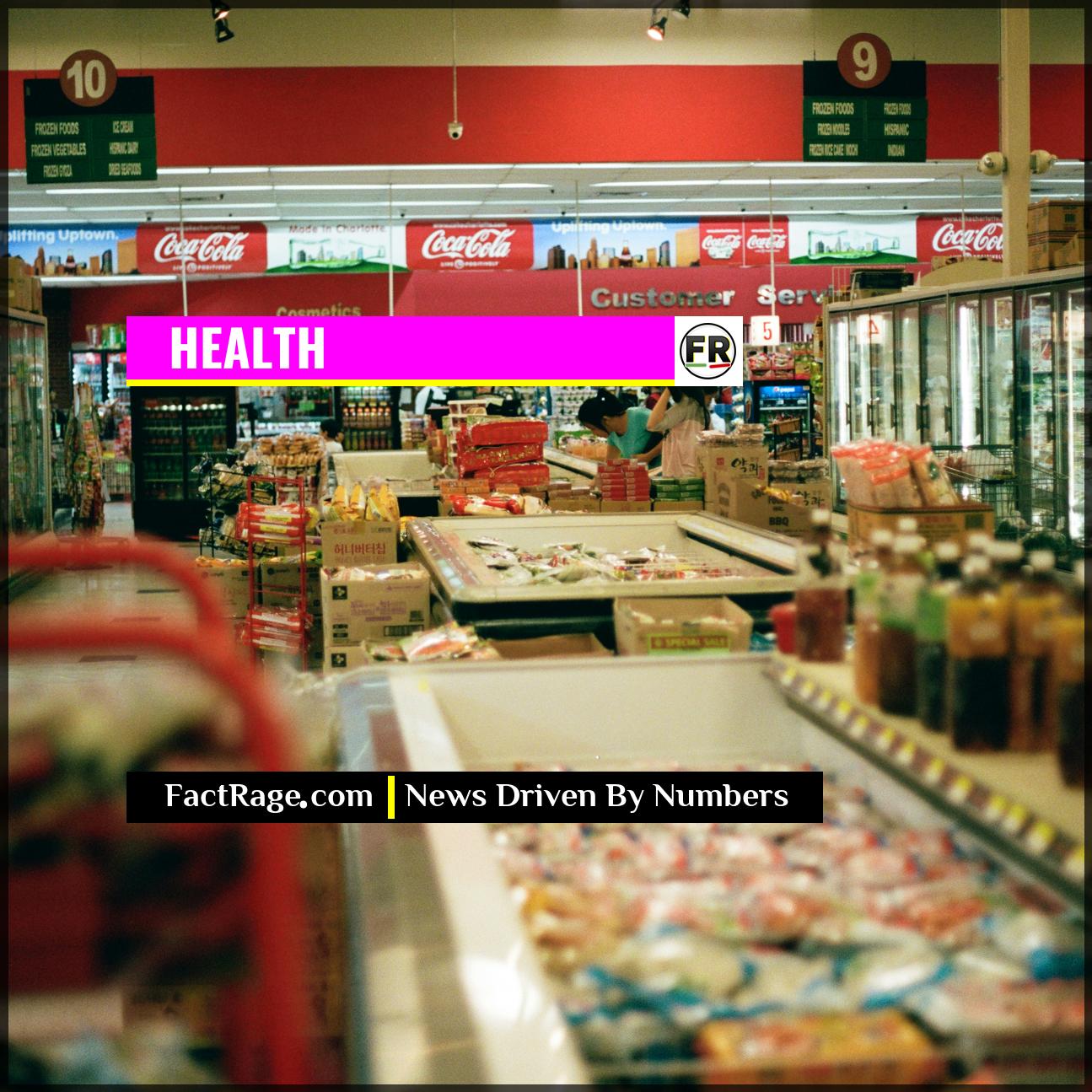NATIONWIDE – A recall of ready-to-eat meat products due to potential Listeria contamination has again focused public attention on the microscopic threats within the nation’s food supply and the systems designed to stop them.
- A Resilient Pathogen – Listeria monocytogenes is a hardy bacterium that can grow and spread in the cold, damp environments of refrigerators and food processing facilities, unlike many other common foodborne pathogens.
- Post-Processing Risk – Contamination often occurs after food is cooked but before it is packaged. The bacteria can hide in hard-to-clean equipment like slicers and conveyor belts.
- High-Tech Prevention – The food industry and regulators use advanced methods like whole-genome sequencing to track outbreaks, high-pressure processing (HPP) to kill pathogens in sealed packages, and strict sanitation protocols.
While recalls capture headlines, the daily, unseen scientific battle to keep food safe is a complex story of biology, engineering, and regulatory oversight. The central challenge involves finding and eliminating an invisible adversary that thrives where other bacteria falter.
What Makes Listeria an Unusually Stubborn Threat?

The bacterium at the center of these safety concerns is Listeria monocytogenes. It is commonly found in soil, water, and some animals, including cattle and poultry. While most healthy people exposed to it won’t get sick, it can cause a serious infection called listeriosis in certain high-risk groups, including pregnant women, newborns, adults 65 or older, and people with weakened immune systems. The Centers for Disease Control and Prevention (CDC) estimates that listeriosis is the third leading cause of death from foodborne illness in the United States.
What makes Listeria particularly problematic for the food industry? Its remarkable resilience. Unlike bacteria such as Salmonella or E. coli, which do not multiply at low temperatures, Listeria can grow in the cold, moist environment of a refrigerator. This allows it to proliferate on ready-to-eat foods like deli meats, soft cheeses, and smoked seafood during their stated shelf life.
Why Cooked Foods Still Face Contamination Risks
A common question during a recall of processed meats is how a cooked product can become contaminated. The answer lies in the plant environment itself, specifically in what food safety experts call the “post-lethality” stage. While cooking kills Listeria on the raw product, the food can be re-contaminated after this heating step and before final packaging.
The bacteria can establish a foothold in factory infrastructure, forming resilient communities called biofilms on surfaces like drains, conveyor belts, and slicing equipment. These biofilms are protective shields that make the bacteria difficult to remove with standard cleaning procedures. From these reservoirs, Listeria can then be transferred to the food as it passes through the final stages of processing and packaging.
The Scientific Arsenal Deployed Against Microscopic Invaders
To combat this persistent threat, food manufacturers and federal regulators employ a multi-layered strategy grounded in science and technology. Companies like Hormel Foods and Tyson Foods operate under Hazard Analysis and Critical Control Point (HACCP) plans, which are systematic approaches to identifying and controlling potential hazards.
Key technologies and protocols in this fight include:
- Environmental Monitoring: Plants routinely swab surfaces for the presence of Listeria. When a positive is found, the U.S. Department of Agriculture’s Food Safety and Inspection Service (FSIS) can use whole-genome sequencing to genetically fingerprint the bacteria. This allows them to trace an outbreak to its specific source, sometimes down to a single piece of equipment in one facility.
- High-Pressure Processing (HPP): This is a non-thermal pasteurization technique where packaged food is subjected to extremely high water pressure. The pressure disrupts the cell walls of pathogens like Listeria without using heat, which preserves the food’s texture and nutritional quality while enhancing safety.
- Antimicrobial Agents: Some products are treated with food-grade additives, such as potassium lactate or sodium diacetate, that are applied to the surface of meats after cooking to inhibit the growth of any stray bacteria.
These overlapping systems of detection, prevention, and control form the foundation of modern food safety, providing a robust, albeit not infallible, defense against foodborne pathogens.














